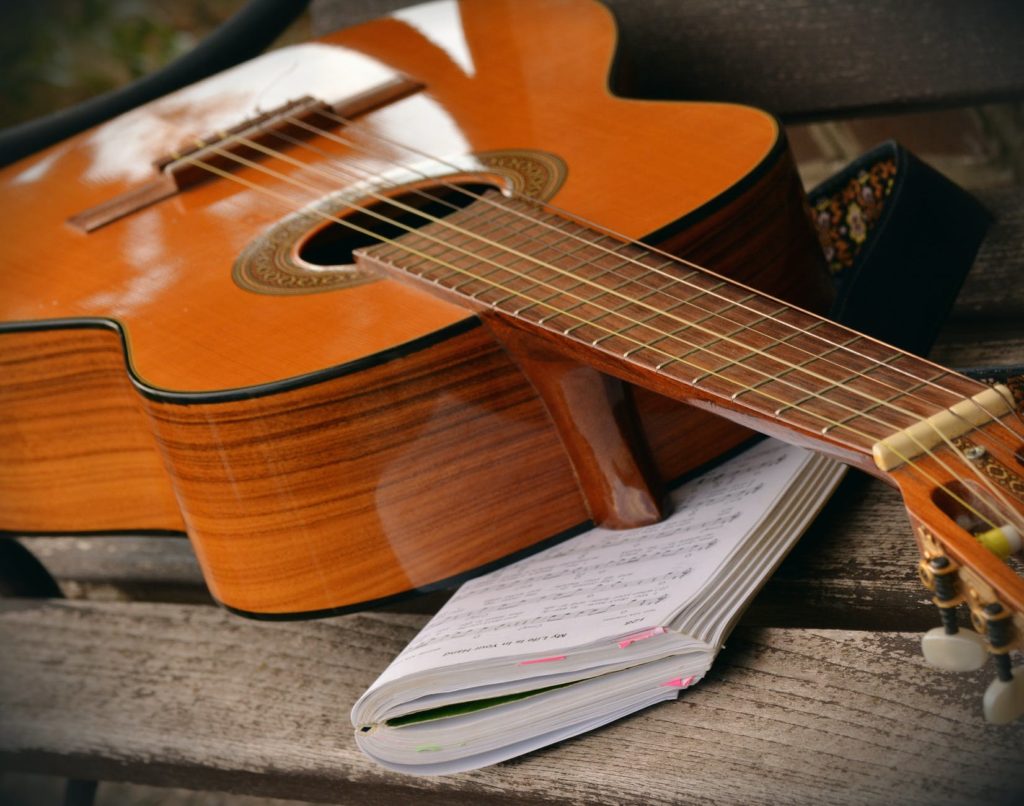Classical Guitar Maintenance
When you finally manage to get your hands on your dream guitar, surely your aim is to prolong its lifespan. It definitely is a lifetime investment and probably you don’t want to waste that hefty amount of money you’ve spent on it. If you take good care of your instrument and consider the factors which influence its condition, it will last for many years to come. If you want to find some useful tips, then keep on reading!

Temperature and Humidity
First of all, I would like to talk about classical guitar’s main enemy – humidity. The appropriate humidity level is between 40% and 60% which means it won’t cause any damage. If things take unfortunate turn and humidity level and temperature change drastically, there’s a chance that your guitar will crack or its seams will open. For checking and regulating the humidity level you can use 3 main options:
- The first and probably the most effective one is buying a digital hygrometer. It can be used anywhere and anytime to monitor the humidity level in the surroundings of your guitar.
- The second option is splurging for a room humidifier. If the humidity level is lower than 40% in the space where you play or store your guitar, a room humidifier will stabilize it artificially.
- The third solution is best suited for those who travel a lot in places where humidity level isn’t suitable or it changes dramatically. If this is the case, you can purchase a two-way humidification system and attach it to your case, it will dampen the dry air and vice versa – draw the moisture out of the air is too humid.
Generally, to avoid the effect of sudden temperature changes and keeping your instrument safe, it is always better to store your guitar in a hard-shell case.
Strings
It’s recommended to change strings on your classical guitar every three months, but if that’s not possible, you should change them at least once every six months. Wiping down the strings, especially after hours of playing, can literally save their life. Before you start changing the strings, place a String Bib protective shield on the soundboard – under the strings and behind the bridge. It should be noted that if you remove all the strings at once instead of changing them one by one, it will take your new set of strings a couple of hours before they start sounding great. If you are not going to play on your guitar for some time, loosen the strings for an hour or so by turning the tuning key several times. By loosening the strings you will avoid damaging the bridge i.e. swelling the back part of it. And last but not least, don’t use extra high tension strings with your classical guitar, because it can bend your guitar neck.
Safe transportation

I can’t emphasize enough the significance of making an investment and choosing a hard-shell case over a gig bag. Always keep your guitar in the hard-shell case during transportation, especially when serious temperature/humidity changes are expected. Once it reaches the destination, open the case for a while and allow the instrument to breathe before you play it. Never apply pressure on your guitar bridge or soundboard area while you are trying to fit it in the case. When you’re sure that you are not going to play it for some time, instead of putting your guitar against the wall, store it on a stand. This way you’ll provide a secure place for your investment and avoid unwanted results, unfortunately one fall is enough to break the guitar. Spending a couple more bucks on a stand will benefit you greatly.
Clean and lubricate
Not only the strings but your guitar itself needs a wipe-down as well. For most classical guitars, traditional French polish method is used. They’re finished with shellac and can be damaged quite easily. Therefore, never use oils or any kind of guitar polish that contains silicone or alcohol for wiping as they can damage the delicate shellac. Use a versatile shammy, chamois cloth to remove fingerprints and preserve the finish. It can be used as a moisture barrier between you and your guitar as well. Bear in mind that if your classical guitar is French polished, it needs regular touch-ups every 3-4 years. Lubricate your guitar once a year with Vaseline or other lubricant. But don’t forget that six-string instruments should be lubricated more frequently. Consider the tips that I have listed above and your classical guitar will sound great for many years. Good luck!